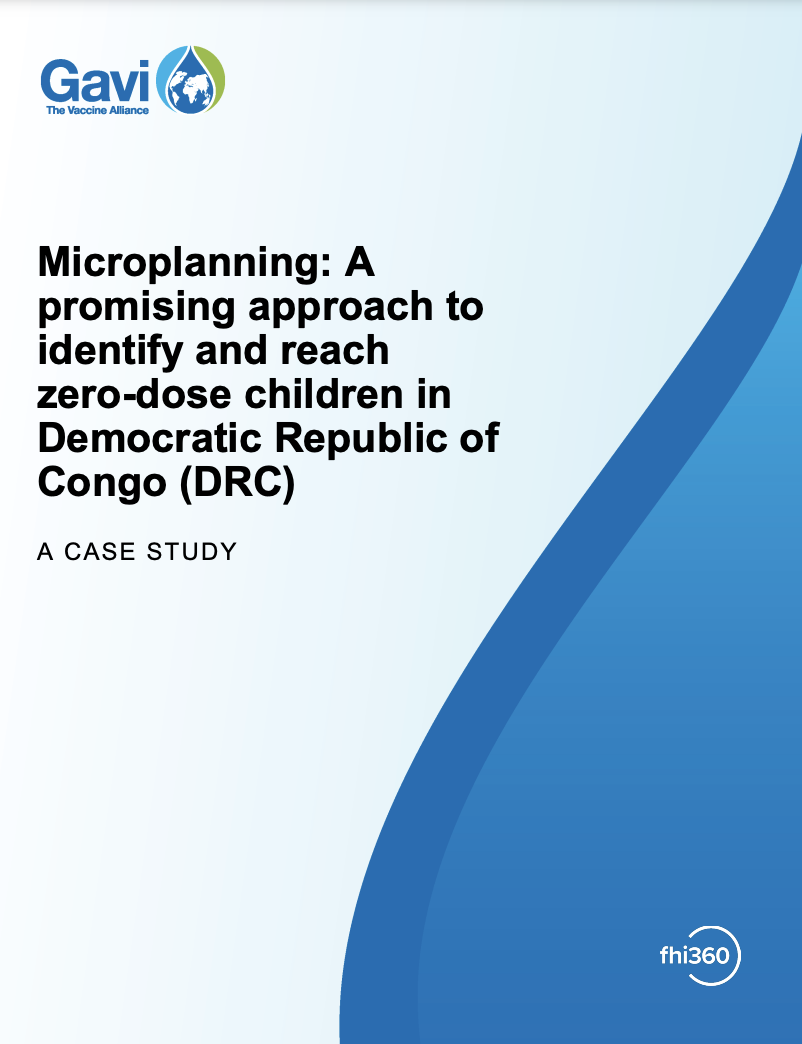WHITE PAPER
Generating and Evaluating Digitised Census Enumeration Areas
‘Generating and Evaluating Digitised Census Enumeration Areas’ discusses GRID3’s support of countries’ efforts to create and/or strengthen their enumeration area (EA) boundaries.
The paper discusses GRID3’s two main areas of focus in GRID3’s work in the field of EA demarcation: 1) Creating and/or updating “pre-EA” boundaries using a semi-automated delineation approach, with a case study in the Democratic Republic of the Congo, and 2) Providing GIS training and technical assistance to assess the potential difficulty of visiting EAs, so as to reduce the count of persons “missed” by census enumerators, with a case study in Ghana. The paper also discusses EA support currently underway in Zambia.
| Authors | Center for International Earth Science Information Network; Flowminder Foundation; United Nations Population Fund; WorldPop, University of Southampton |
|---|---|
| Published | 2022 |



